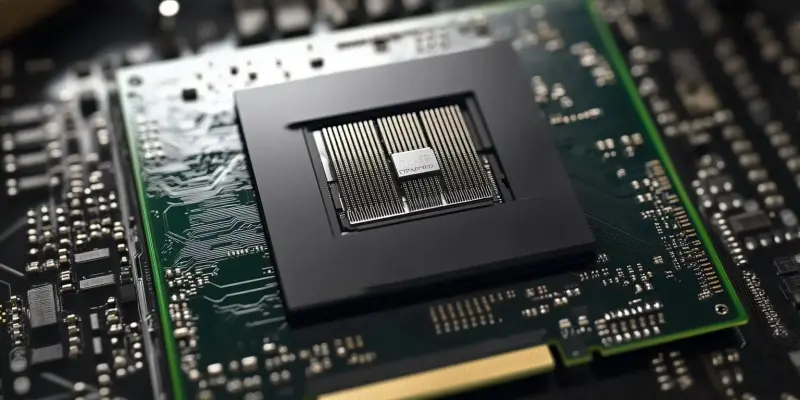In recent developments, enthusiasts have uncovered a significant revelation in the realm of GPU BIOS modding that offers a considerable performance enhancement.Flashing the BIOS of a standard Radeon RX 9070 to that of its more advanced sibling, the RX 9070 XT, has been shown to yield impressive performance gains. This method, highlighted by professional overclocker Gurdi, unlocks the RX 9070’s potential to achieve clock speeds and power limits similar to the RX 9070 XT, resulting in a performance boost ranging from 15% to 20%, effectively transforming it into a more formidable gaming and benchmarking tool.
A Deeper Dive into the BIOS Modding Process
The process itself is centered around using a modded BIOS from an RX 9070 XT—a card that shares a similar design framework with the RX 9070. By flashing this BIOS onto the RX 9070, users can unlock enhanced overclocking potential. Typically, the RX 9070 operates within a clock speed range of 2140-2610 MHz at a total graphics power (TGP) of 220W.However, post-modification, these values can soar to an impressive 2480-3030 MHz at a TGP of 317W. Such a substantial increase in operating parameters propels the flashed RX 9070’s performance to nearly match that of the RX 9070 XT, despite the latter’s advantage of additional cores.
However, this modification is not without its complexities and inherent risks.The RX 9070, which conventionally uses two 8-pin power connectors in contrast to the RX 9070 XT’s three connectors, is surprisingly adequate in managing the heightened power demands ensuing from the BIOS flash. Nevertheless, users may face stability issues, such as a malfunctioning ULPS mode (Ultra-Low Power State), and sporadic freezing. Despite these potential hazards, the card is generally stable enough to handle high-demand benchmarks, provided that the mod is executed correctly.
Excitement and Caution in the Modding Community
This discovery has fueled a surge of enthusiasm among the GPU modding community, presenting a cost-effective method to substantially boost performance without the need to invest in higher-end hardware. However, it’s essential to approach this modification with caution. BIOS flashing is a procedure that carries significant risks, including the potential of rendering the GPU non-functional if not executed correctly. Therefore, it is advised that only individuals with adequate experience in overclocking and BIOS modifications undertake this process.
For those eager to proceed, the necessary BIOS for this transformation can be accessed through reputable tech resources like TechPowerUp.Nonetheless, it’s crucial to ensure a thorough understanding of the procedure and to confirm the compatibility of the hardware involved to mitigate risks. This advancement reaffirms the modding community’s role in pushing the boundaries of conventional hardware capabilities, but emphasizes the need for cautious implementation to avoid unwanted consequences.
A New Path for GPU Enhancements
Recent advancements have surfaced in the domain of GPU BIOS modding, revealing a method that significantly enhances performance.By flashing the BIOS of a standard Radeon RX 9070 to that of the more advanced RX 9070 XT, users can unlock substantial improvements. This procedure, brought into the spotlight by professional overclocker Gurdi, enables the RX 9070 to reach clock speeds and power limits akin to the RX 9070 XT.The result is a notable performance boost ranging between 15% and 20%, effectively transforming the RX 9070 into a more powerful tool for both gaming and benchmarking. The modification exploits the latent potential of the Radeon cards, pushing them beyond their factory set capabilities and effectively upgrading their overall utility.This discovery is especially valuable for gamers and tech enthusiasts looking to maximize their hardware’s output without investing in more expensive components. By tweaking the BIOS settings, users can achieve a hardware performance that rivals more costly and advanced models, making this an exciting development in the tech community.

